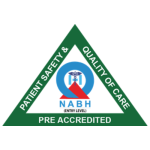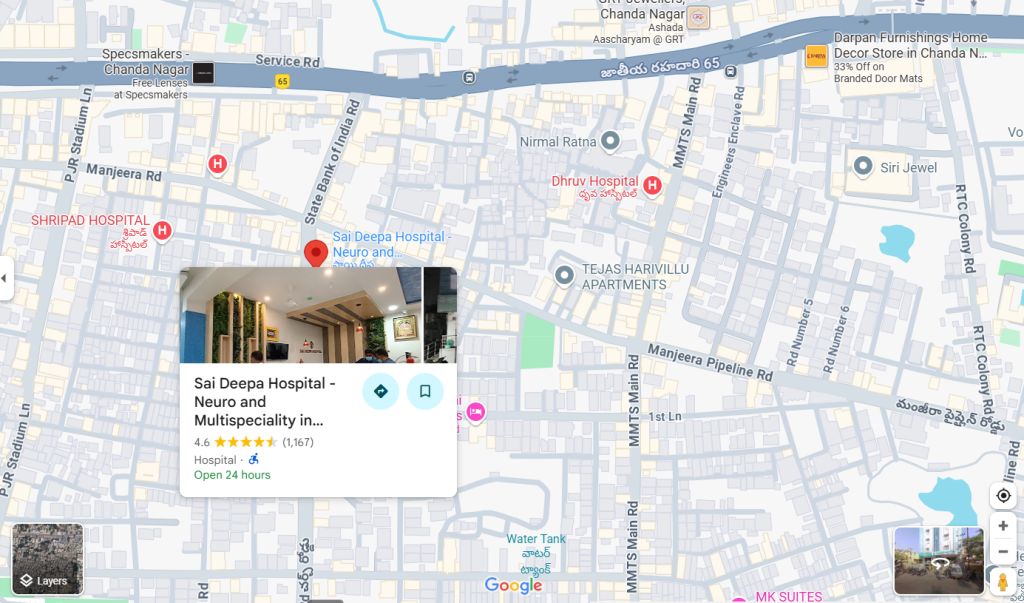What Is Harmonic Scalpel
- Home
- What Is Harmonic Scalpel
Harmonic Scalpel
Surgical science has witnessed remarkable innovations over the past few decades, but few tools have revolutionized the operating room as effectively as the Harmonic Scalpel. Designed to combine cutting and coagulation in a single instrument, this device uses ultrasonic energy rather than traditional heat-based or electrical methods. As a result, surgeons gain an unparalleled advantage in precision, safety, and efficiency. For patients, the benefits translate into faster recovery, reduced pain, and minimal complications.
Book Free Appointment
1L+
Happy Customers
25+
Qualified Doctors
50
Rooms
5000+
Successful Surgeries
Free
Consultation
24/7 Ambulance
Facility
Insurance
Claim Support
What is a Harmonic Scalpel?
The Harmonic Scalpel is a surgical instrument that employs ultrasonic vibrations to simultaneously cut and coagulate tissue. Unlike electrocautery, which uses electric current, or lasers that rely on thermal energy, this device works by converting electrical energy into mechanical vibrations. These vibrations, usually at a frequency of 55,500 Hz, denature tissue proteins, which then form a sticky coagulum that seals blood vessels as the tissue is cut.
This ability to achieve both cutting and coagulation in one step makes the Harmonic Scalpel a unique and indispensable tool in modern operating theatres.

Dr. Sasidhara Roa A
MBBS, MS
5000+ Successful Surgeries
11+ Years of experience
Dr. Sasidhara Rao A. is an experienced General and Laparoscopic Surgeon at Sree Sai Deepa Hospitals, Chandanagar, with over 11 years of expertise and 5000+ successful surgeries. He specializes in laparoscopic, laser, and microscopic surgeries, treating conditions like piles, fissures, varicose veins, and gallbladder issues.
Doctor’s Fellowships:
Fellowship - International Society of Coloproctology
Fellowship in Intimate Health
Fellowship in Diagnostic Endoscopy
How Does the Harmonic Scalpel Work?
The mechanism of the Harmonic Scalpel involves three primary steps:
Ultrasonic Vibration – The device generates rapid mechanical vibrations through a piezoelectric transducer.
Tissue Dissection – These vibrations transfer energy to the blade, allowing the tissue to be cut with minimal thermal damage.
Protein Denaturation – As proteins denature, they form a coagulum, sealing blood vessels and minimizing bleeding.
Unlike electrosurgery, which can char or burn tissues, the Harmonic Scalpel produces far less lateral thermal spread, keeping surrounding structures safe and intact.
Advantages of Using the Harmonic Scalpel
Hospitals and surgeons increasingly rely on this technology because of the significant benefits it brings:
Reduced Blood Loss – The device seals vessels as it cuts, minimizing bleeding and reducing the need for transfusions.
Lower Thermal Injury – Because ultrasonic energy generates less heat, surrounding tissues remain unaffected.
Enhanced Precision – The fine control it offers makes delicate surgeries safer and more predictable.
Shorter Operating Times – The combination of cutting and coagulating reduces instrument switching, leading to faster procedures.
Faster Patient Recovery – Less trauma during surgery translates into shorter hospital stays and quicker return to normal activities.
Get your surgery cost
Applications of Harmonic Scalpel in Surgery
The Harmonic Scalpel finds applications across multiple surgical specialties, making it one of the most versatile tools in modern healthcare.
1. General Surgery
Surgeons frequently use this device for procedures such as cholecystectomy (gallbladder removal) and thyroidectomy. The ability to cut and coagulate simultaneously improves safety and reduces operative time.
2. Gynecology
In gynecological procedures, such as hysterectomy and endometriosis treatment, the Harmonic Scalpel provides better precision while minimizing thermal injury to sensitive reproductive tissues.
3. ENT Surgery
Ear, nose, and throat surgeons benefit from reduced bleeding and superior control during tonsillectomies, neck dissections, and other delicate procedures.
4. Oncology
Cancer surgeries often require removal of tumors without damaging nearby healthy tissue. The Harmonic Scalpel makes this balance achievable with remarkable efficiency.
5. Minimally Invasive and Laparoscopic Surgery
This instrument shines in laparoscopic procedures, where smaller incisions demand tools that maximize precision and safety.
Accreditations

Saideepaneurocare Hospitals is NABH certified, a mark of excellence in patient safety and care. We follow stringent healthcare protocols and maintain world-class hygiene standards.

We are ISO 9001 certified, ensuring the highest standards in quality management and patient care. This certification reflects our commitment to efficient processes and continuous improvement in healthcare services.
Harmonic Scalpel vs. Electrocautery
While electrocautery has long been a standard in surgical practice, the Harmonic Scalpel addresses many of its shortcomings.
Electrocautery relies on high-frequency current, which can cause burns and smoke plume.
Harmonic Scalpel uses ultrasonic energy, producing minimal smoke and lower thermal spread.
Additionally, patients undergoing surgeries with the Harmonic Scalpel typically report less postoperative pain and inflammation compared to those treated with conventional methods.
Role in Minimally Invasive Surgery
The global trend toward minimally invasive procedures has made the Harmonic Scalpel even more relevant. With smaller incisions, reduced scarring, and quicker recovery being top priorities, this instrument helps surgeons meet patient expectations without compromising surgical outcomes.
In laparoscopic surgeries, where precision and visibility are limited, the Harmonic Scalpel ensures both safety and efficiency, making it a cornerstone of modern minimally invasive techniques.
Safety Considerations
While the Harmonic Scalpel is highly effective, proper training remains essential. Surgeons must understand its mechanics, handle it with precision, and recognize the limitations. In rare cases, improper use can lead to incomplete vessel sealing or unintended tissue injury. Nevertheless, when used correctly, it significantly reduces surgical risks.
The Future of Harmonic Scalpel Technology
With advancements in robotics and AI-driven surgical systems, the Harmonic Scalpel continues to evolve. Manufacturers are developing newer versions with enhanced ergonomics, better energy efficiency, and integration into robotic-assisted surgeries. This ensures that the instrument will remain a vital part of healthcare innovation for decades to come.
Sai Deepa Hospital - Neuro and Multispeciality
Plot no 387, Church road, Huda colony, Chanda Nagar, Hyderabad – 500050
Conclusion
The Harmonic Scalpel has redefined surgical precision and patient safety in ways that few tools have managed. By combining cutting and coagulation through ultrasonic energy, it offers reduced bleeding, minimal thermal injury, and faster recovery times. Its applications span multiple medical specialties, making it one of the most versatile and impactful innovations in modern surgery.
As healthcare continues to advance, tools like the Harmonic Scalpel remind us that innovation is not just about technology but also about improving patient outcomes, ensuring safety, and enhancing the quality of care. For surgeons, it represents efficiency and control. For patients, it delivers safety and healing with minimal discomfort.


